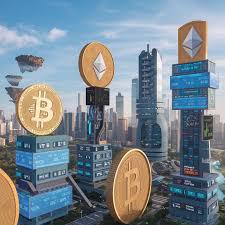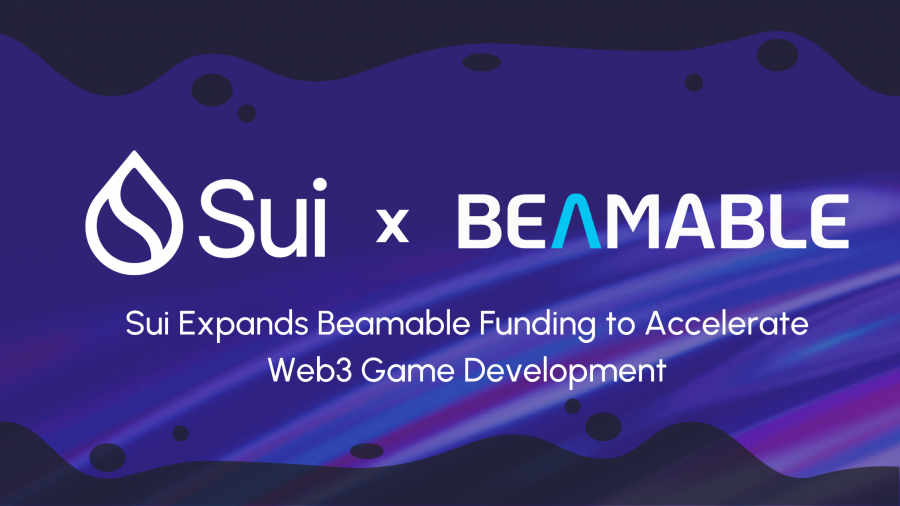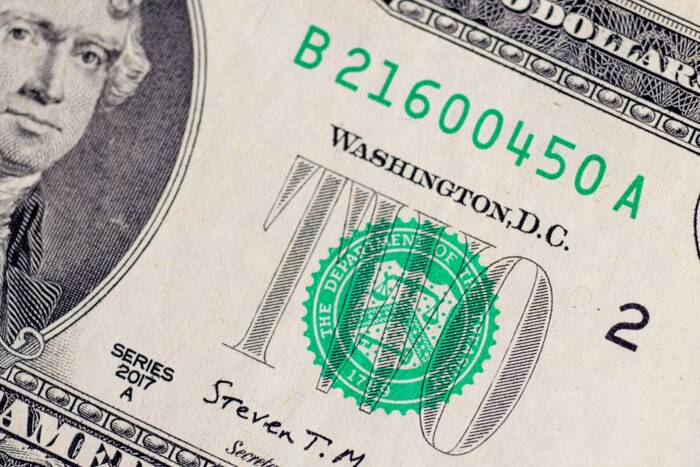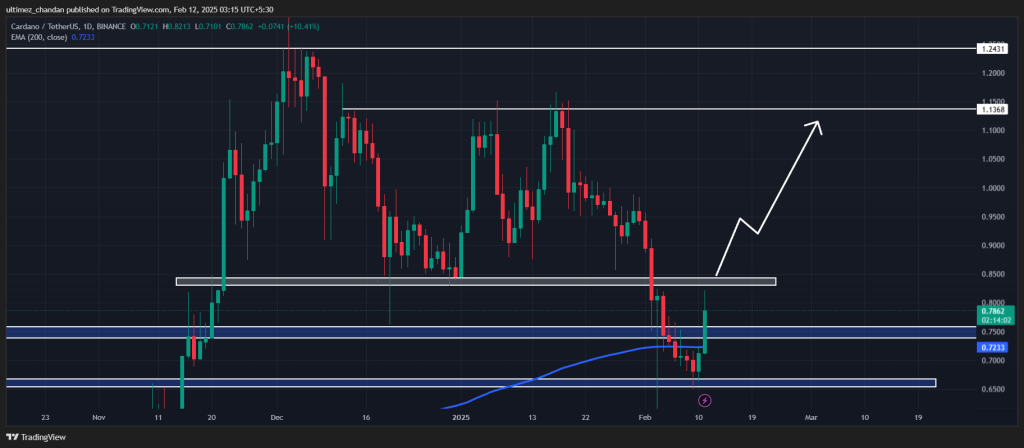DeFi 3.0: What Has Changed Since the ‘Summer of DeFi’?
DeFi has moved from frenzied speculation to pragmatic development, with the rise of RWA applications, improved security, and the entry of institutions, and is gradually integrating into the global financial system.
Author: Solihat Salihu
Compiled by: Vernacular Blockchain
Remember the DeFi Summer of 2020? Those crazy days of yield farming, food tokens, and APYs that looked like phone numbers. (Ah, those days of checking your crops every five minutes.) If you’ve been hibernating since then, though, DeFi in 2025 might surprise you.
The days of purely speculative staking and the “go for it now” mentality are over. Today’s DeFi has grown up, put on a suit (metaphorically, of course), and started to solve real-world problems. Let’s take a look at what has changed in DeFi and why these changes are important.
1. The evolution of DeFi: Looking back
Think of DeFi’s growth as a teenager’s growth into adulthood. DeFi 1.0 was the “wild adolescence” — full of experiments, high risk, and many expensive mistakes. At that time, automated market makers (AMMs), yield farming, and lending protocols were born one after another. Everything was exciting, but it was difficult to sustain.
DeFi 2.0 attempts to solve the liquidity problem through protocol-owned liquidity and more complex token economics. Remember Olympus DAO and its imitators? That was DeFi’s “tuition” for sustainable economics.
Now, in 2025, we have entered the DeFi 3.0 era, and everything is brand new.
2. Real World Assets (RWA): DeFi becomes more pragmatic
What is the biggest change? DeFi is no longer just a paradise for crypto trading. Remember those years when everyone said that blockchain would subvert traditional finance? Today, all this is really happening.
Take mortgages as an example. In 2024, we saw the first large-scale, successful on-chain mortgage lending applications. Homeowners can now directly access global liquidity pools to obtain loans at more favorable interest rates, while investors can participate in real estate lending without relying on traditional banks.
Supply chain finance has also found a home in DeFi. Small businesses no longer have to wait months for payment processing – they can tokenize invoices and achieve instant liquidity. It’s like having a magic wand that turns future receivables into available funds in the present.
3. The rise of institutional DeFi
One thing that almost no one could have predicted in 2020 is that traditional financial institutions have become one of the largest users of the DeFi ecosystem. Banks that once sneered at cryptocurrencies now not only run their own validation nodes, but also actively participate in DeFi protocols.
But it’s not just about big banks entering the market. DeFi’s infrastructure is also constantly upgrading to meet the compliance needs of institutions. For example, isolated liquidity pools specifically for compliant institutions, built-in KYC/AML (know your customer/anti-money laundering) review mechanisms, and DeFi systems that provide institutions with permission management while maintaining the core advantages of decentralization.
4. Security: From “REKT” to indestructible
Remember the early days of DeFi, when smart contract exploits were a weekly occurrence? (Those “funds secure” memes now seem like prehistoric relics.) DeFi security has come a long way since then.
Modern DeFi protocols use multiple layers of protection, and formal verification of smart contracts has become a standard process. Insurance protocols no longer simply provide compensation for hacker attacks, but have developed into a comprehensive protection system covering multiple risks.
The most notable development? AI-driven security systems that can detect and block attacks in real time. It’s like having a super-intelligent bodyguard guarding your digital assets at all times.
5. User Experience: No Longer “Rocket Science”
If you’ve been through the early days of DeFi, you probably still remember the nervousness of connecting your wallet and exchanging tokens, fearing that you’d lose your funds if you made a mistake. Today’s DeFi interface is so intuitive that even my mom recently completed her first transaction successfully (yes, I’m as surprised as you).
Account Abstraction completely eliminates concerns about gas fees and complex wallet management. Social Recovery makes losing private keys no longer a disaster. Cross-chain operations? Now it’s as easy as sending an email.
6. A new face of revenue generation
1000% APY is a thing of the past (sorry to disappoint you). Today, the mechanism of generating income is more mature and sustainable. Real income (Real Yield) – income from real economic activities, rather than simply token inflation issuance – has become the industry standard.
Modern DeFi generates revenue from transaction fees, loan interest, and returns on real-world assets (RWA). These returns may not be as crazy as they were in 2020, but they are more sustainable and more in line with economic logic.
7. Regulation: Finding a balance
Plot twist: Regulation did not kill DeFi, but instead promoted its growth. Regulatory clarity in 2025 opens the door to wider adoption of DeFi. Yes, some protocols remain fully decentralized, while others actively embrace compliance. This “hybrid ecosystem” provides users with both choice and, to a certain extent, protection.
8. The road ahead
Looking ahead, DeFi is being shaped by several major trends:
DeFi has become more specialized, with various protocols beginning to focus on specific industries or application scenarios. The “one-size-fits-all” model has gradually given way to customized solutions.
As the integration with traditional finance continues to deepen, the boundaries between DeFi and TradFi (traditional finance) are becoming increasingly blurred, ultimately driving the global financial system to become more efficient.
Social impact projects are gradually coming to the fore, and more and more DeFi protocols are beginning to focus on global issues such as financial inclusion and climate finance.
9. Does this concern you?
Whether you are an old DeFi player or a curious newcomer, these changes are worth paying attention to. DeFi is no longer just a playground for crypto enthusiasts, but is gradually becoming an important part of the global financial infrastructure.
Even better, the barriers to entry are lower today than ever before. You don’t need a deep understanding of complex financial instruments or blockchain technology to benefit from DeFi — just like you don’t need to understand how an engine works to drive a car.
If you want to explore modern DeFi, start small. Focus on established protocols with real-world applications, understand the risks, and always follow a timeless piece of investing wisdom: never invest more than you can afford to lose.
Author:白话区块链
This content is only to provide market information and does not constitute investment advice.
Source link
Written by : Editorial team of BIPNs
Main team of content of bipns.com. Any type of content should be approved by us.
Share this article:








